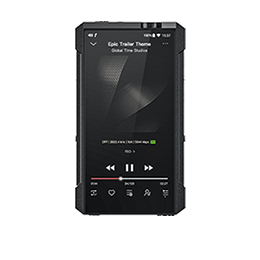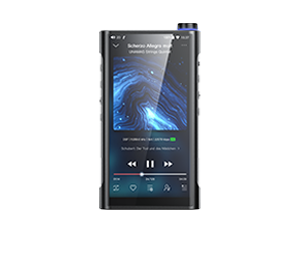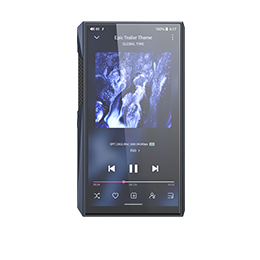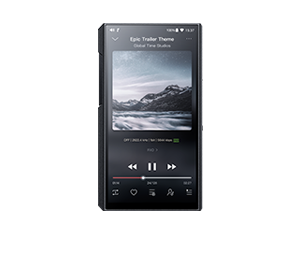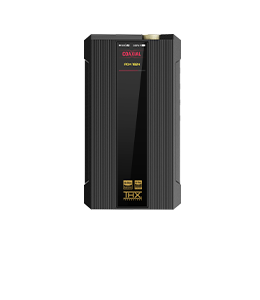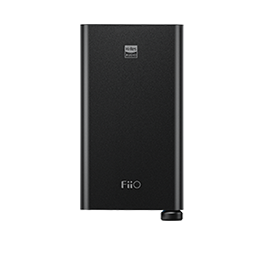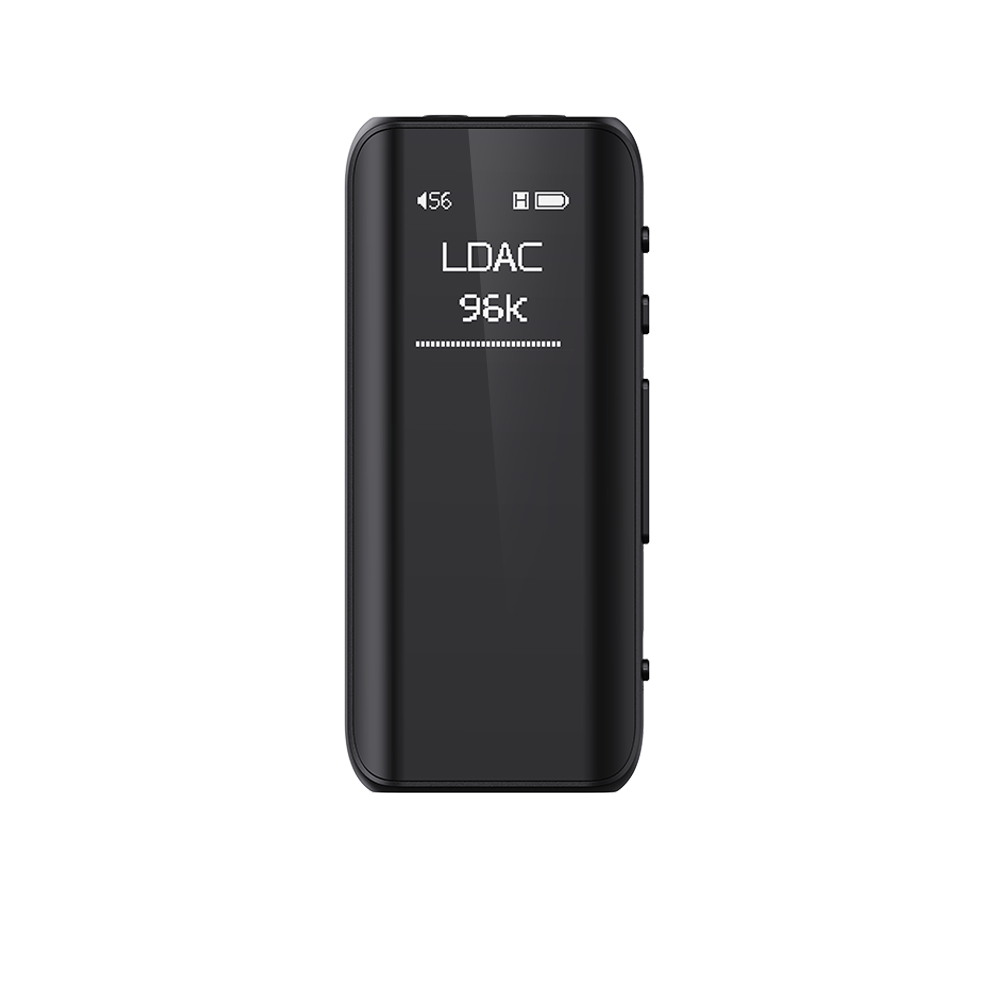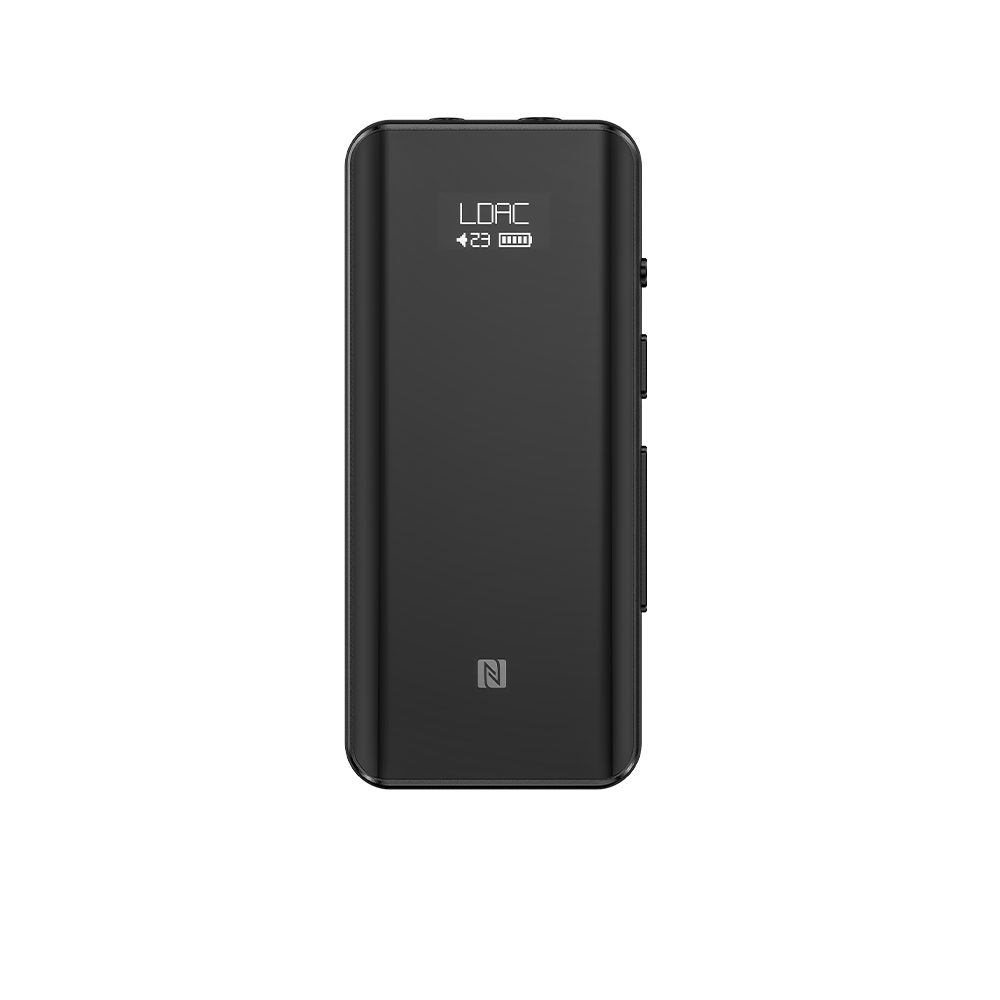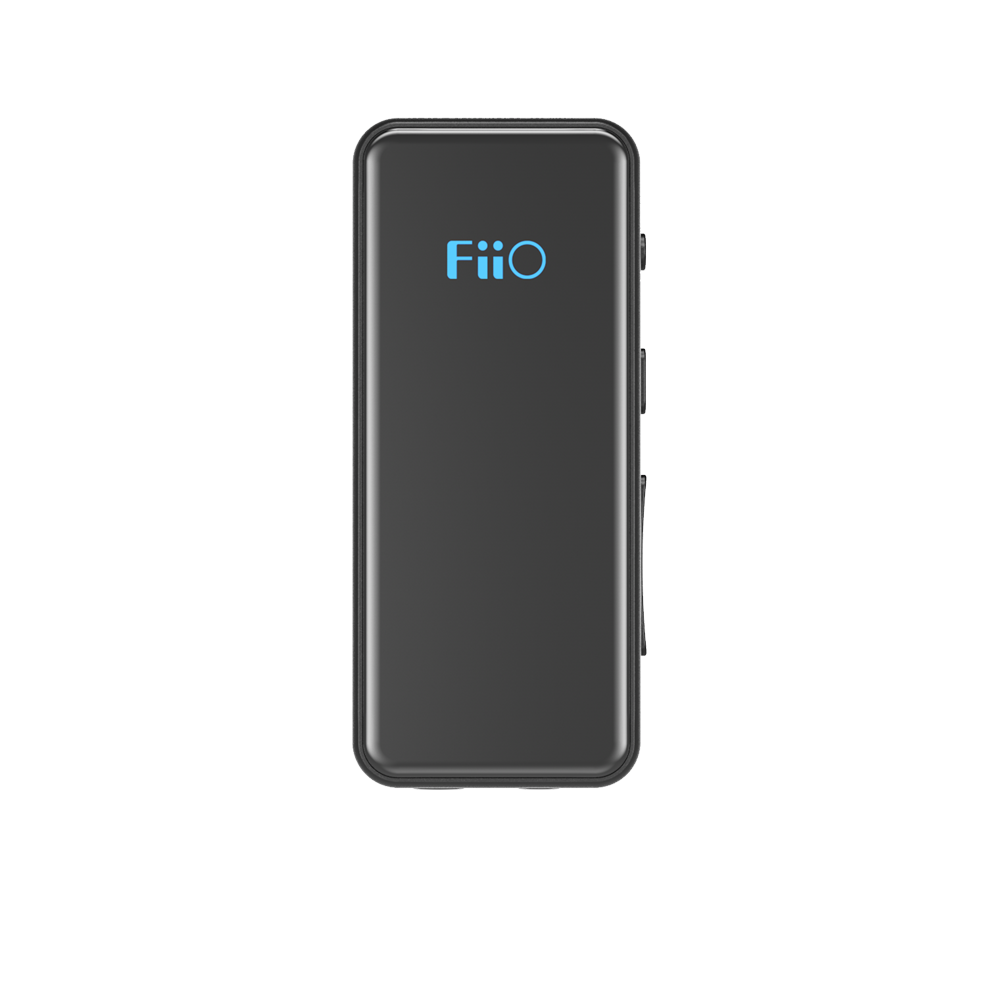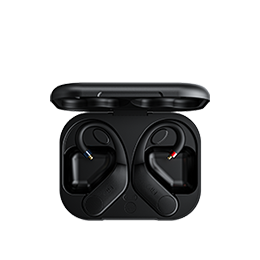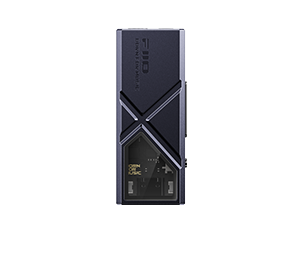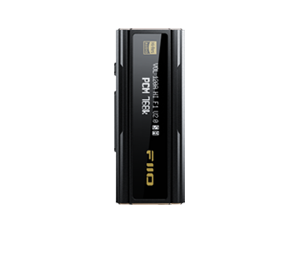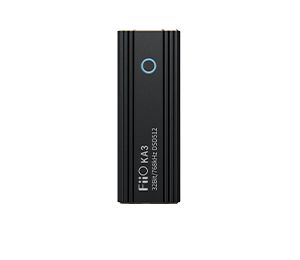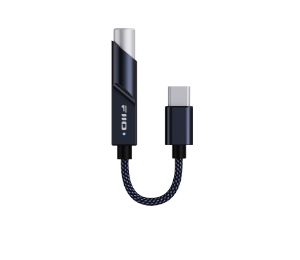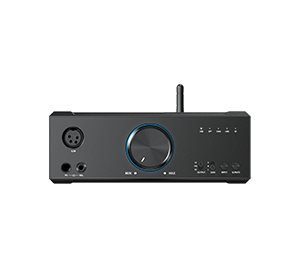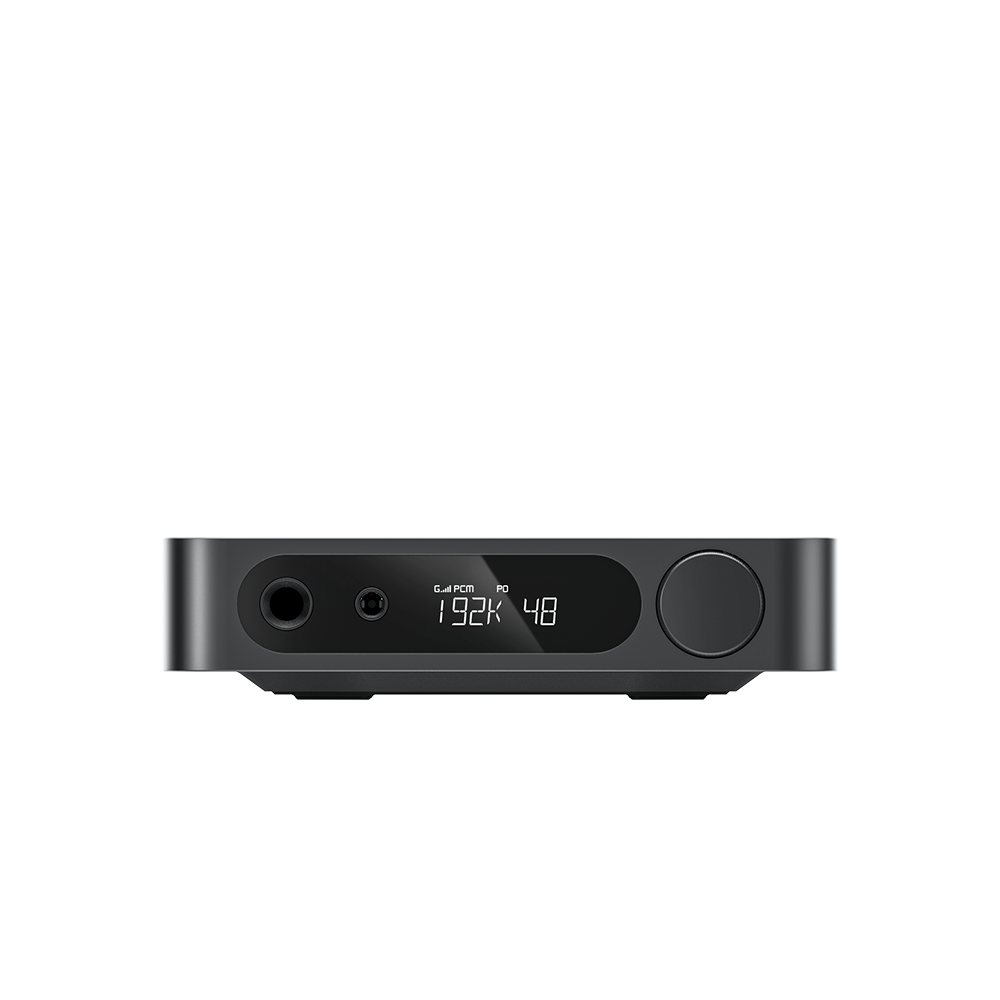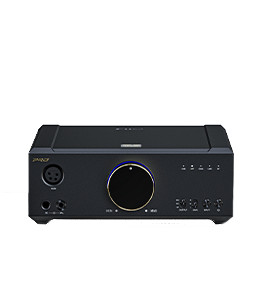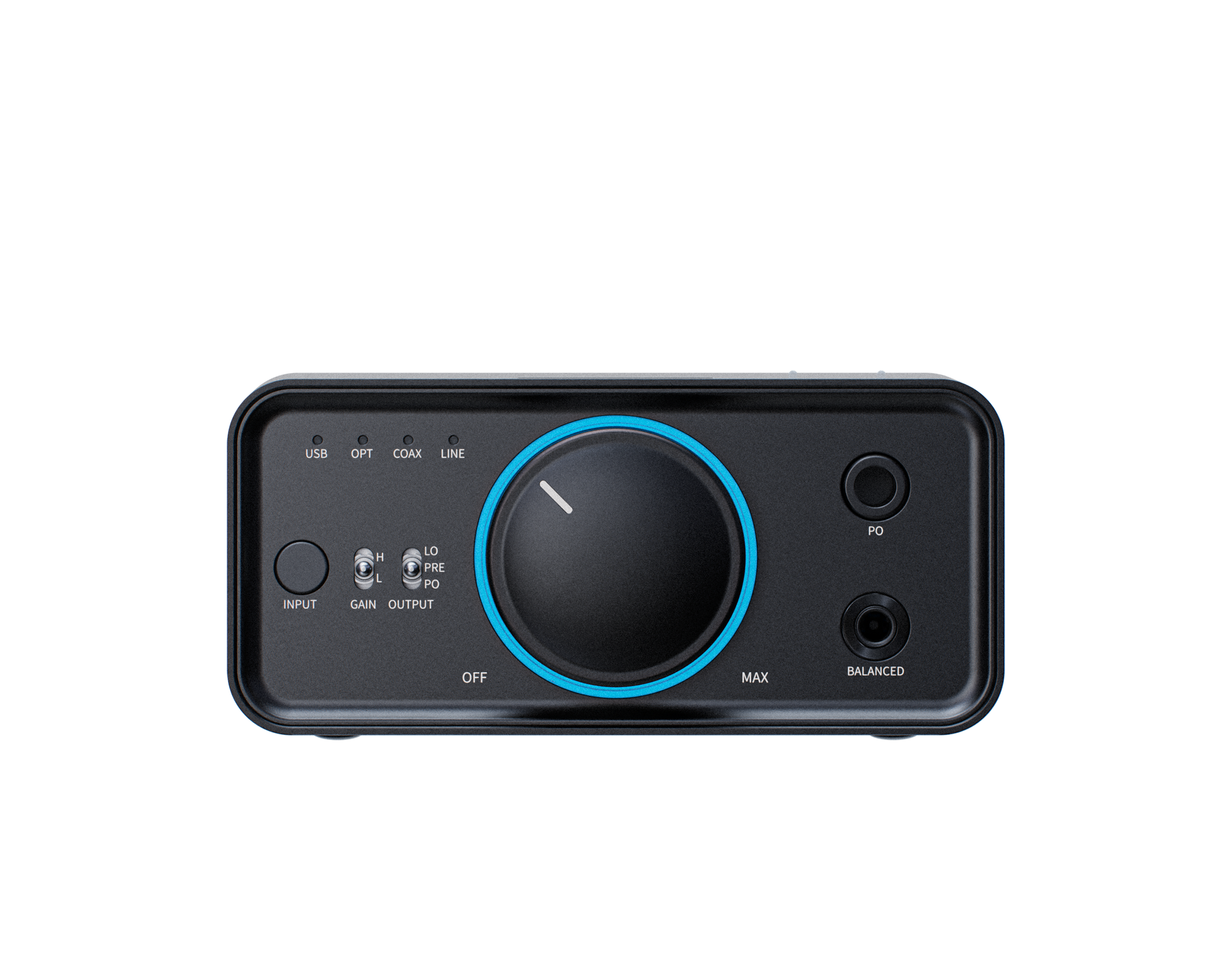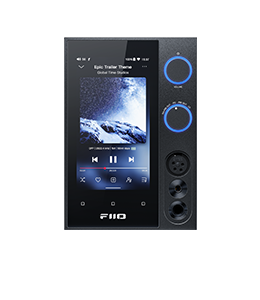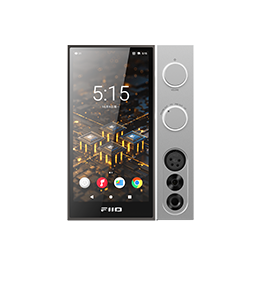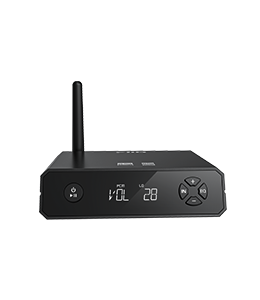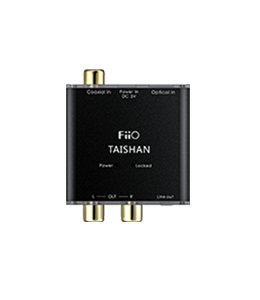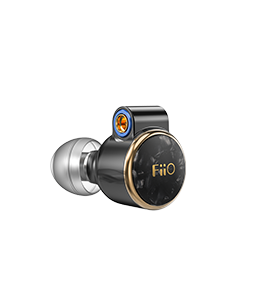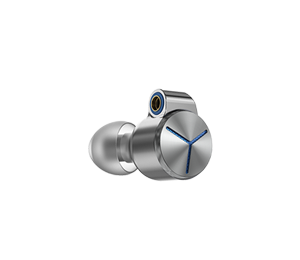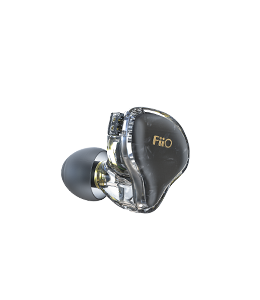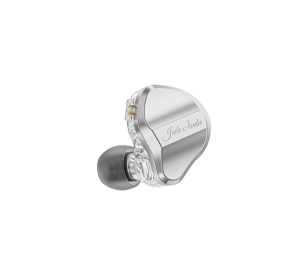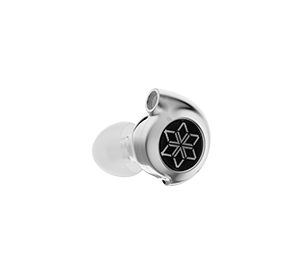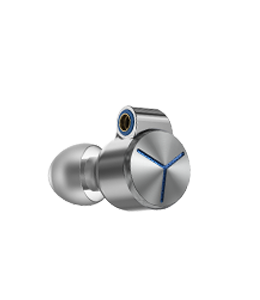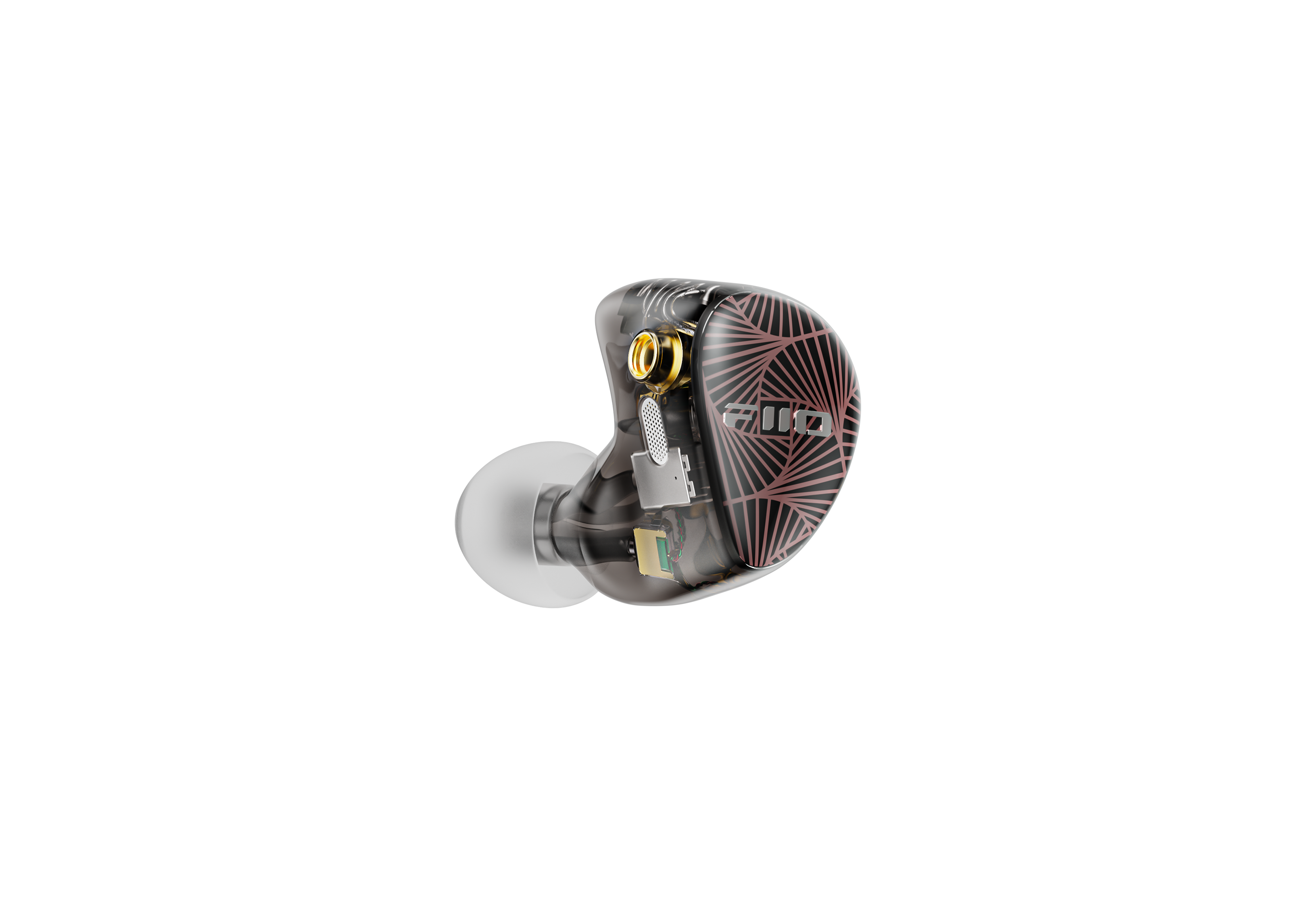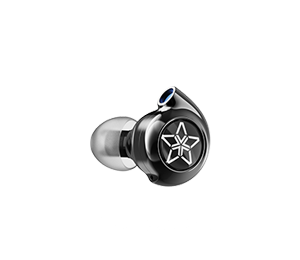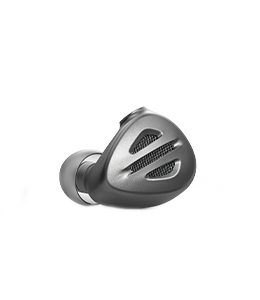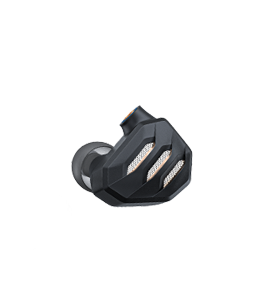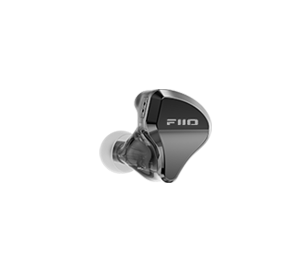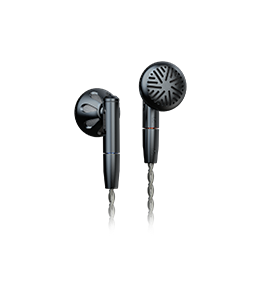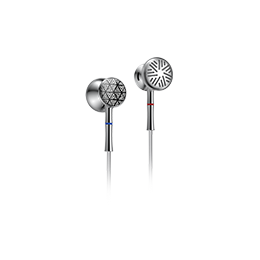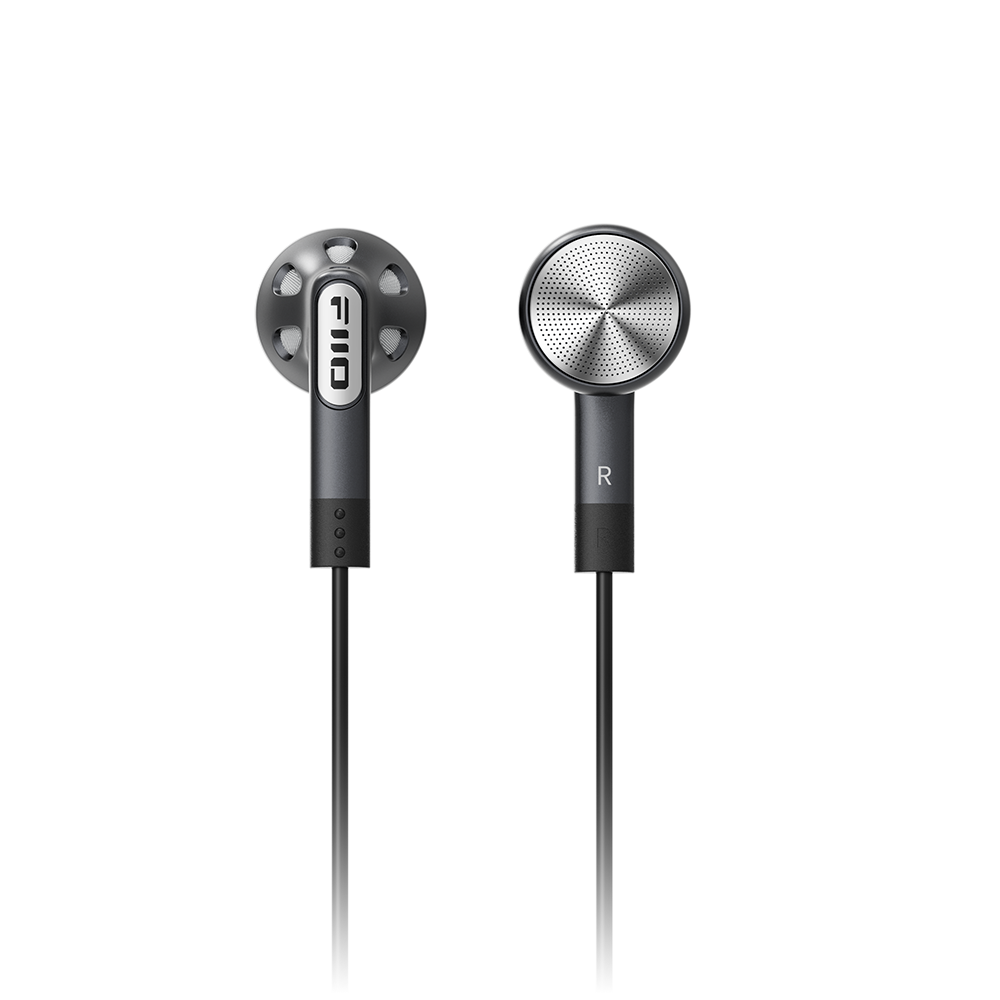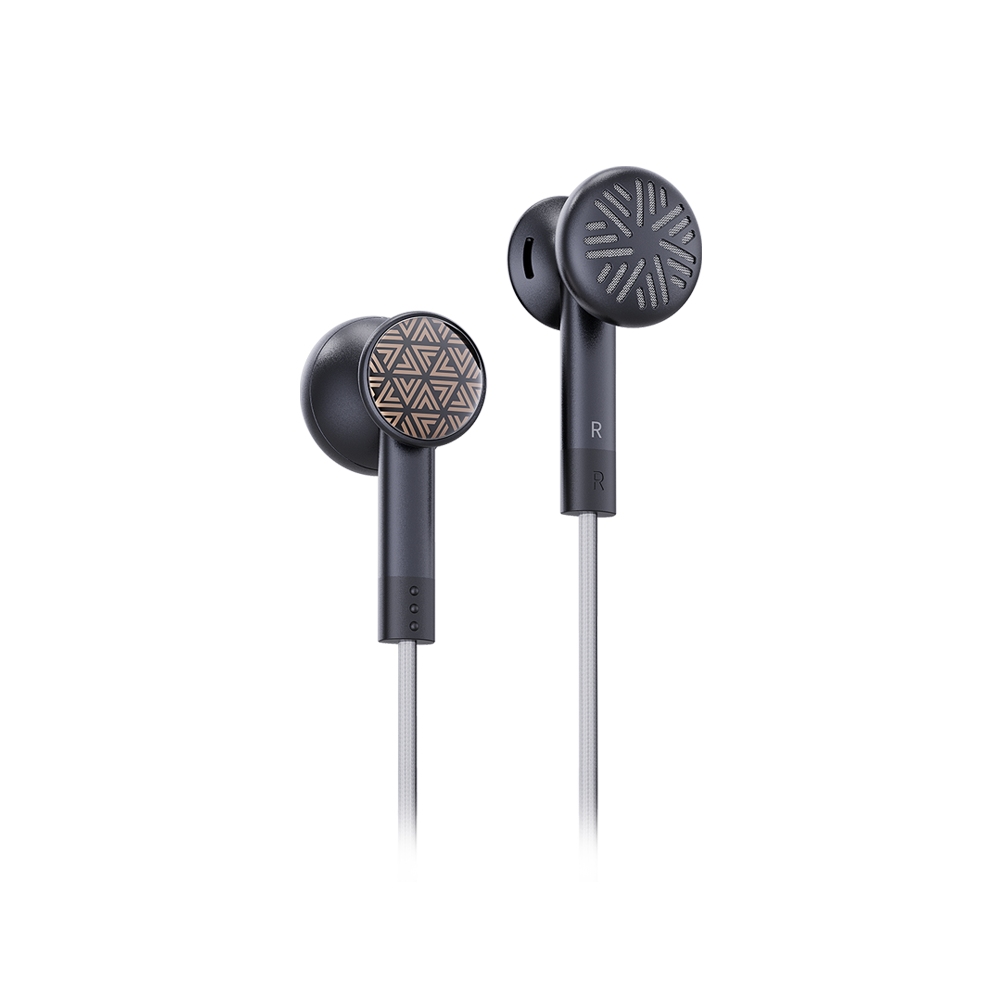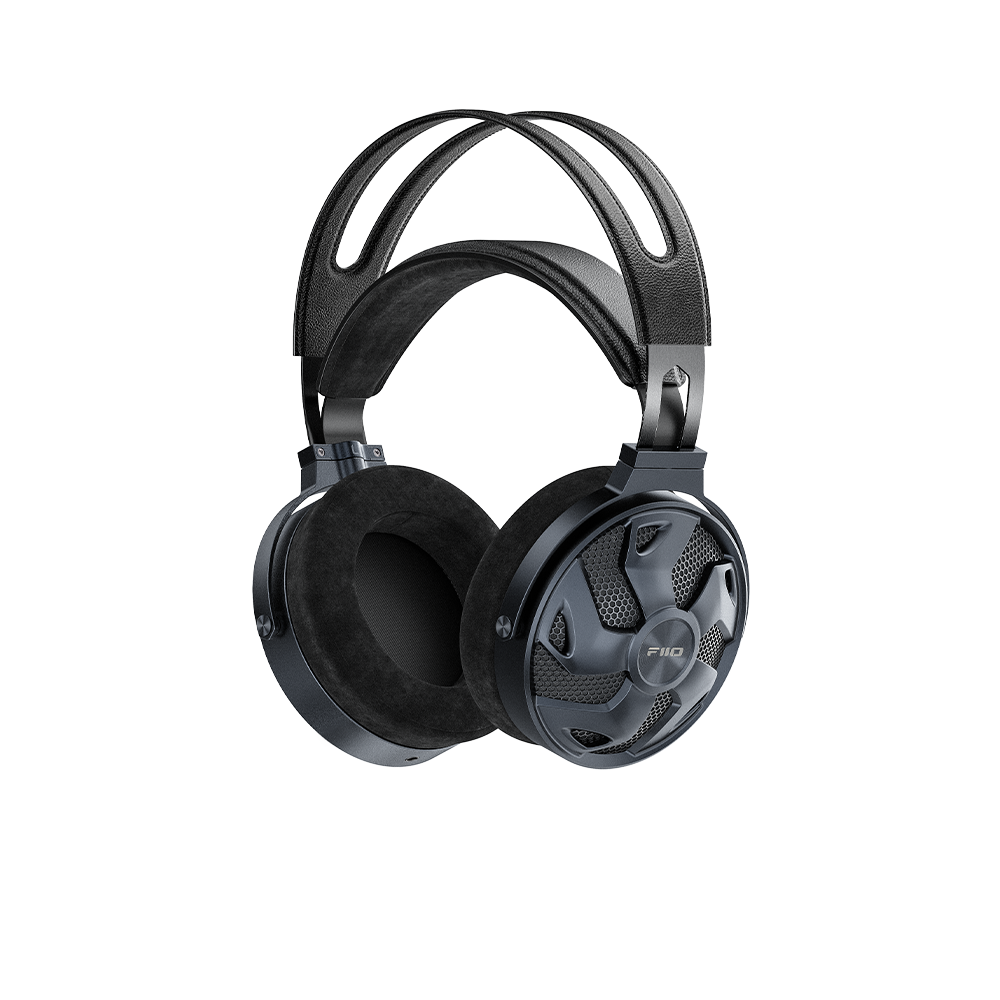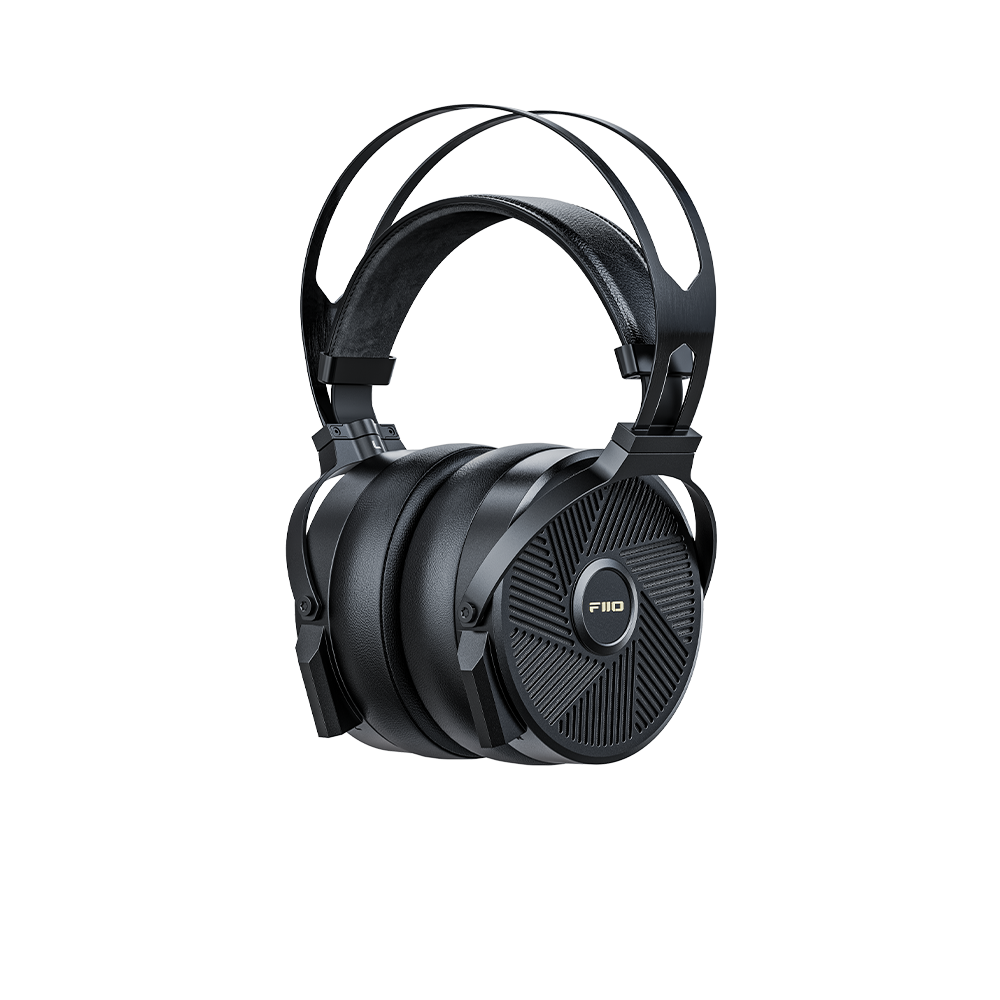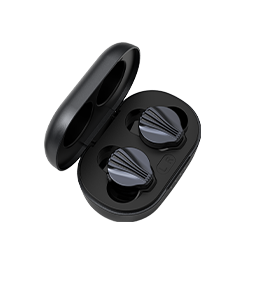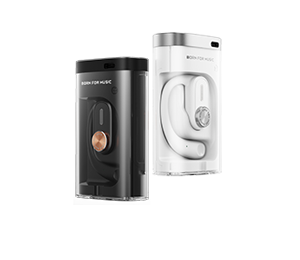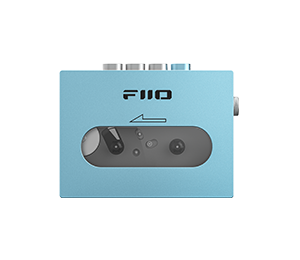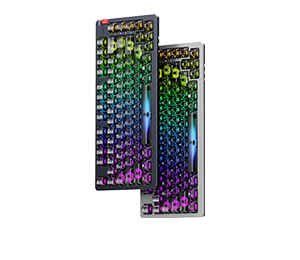FIIO M3 DAP REVIEW - TINY AND POWERFUL
Author:Petrus-Iulian "Devon" Fatu
Review from:Reviewstudio
→→ Read the original article on Reviewstudio:>> Click here
The world of high-end DAPs is an expensive one, with few options available for users on a budget. FiiO already has a relatively cheap, small-ish player, the X1, but recently they prepared an even more lightweight model, that being the M3.
With a price-point that puts in the bracket of most age-old MP3 players, the M3 has no direct competition, at least not one with matching technical specs and build quality. While this may seem like a ringing endorsement on its own, there is a question that keeps popping up whenever an established developer releases an extreme budgeted model: How much did they cut out of the end-product, and is it still worth a damn?

FiiO might have a reputation, but it has one for making excellent DAPs, DACs, and amplifiers cheaper than competing forces, but not necessarily budget items. With the M3, that changes, as this is the kind of device that costs less than a pair of decent IEMs. That kind of price-point makes me at least a bit suspicious. Does it have a right to sit next to X1, X3, X5, or X7?
That’s what I intend to find out, from checking its design, construction, battery life and last, but not least, performance.
First, a small table with its technical specs:
Fiio M3 DAP | |
Display | 2.0” TFT Colour LCD (320x240) |
DAC | CS42L51 (supports up to 96/24 res) |
Amplifier | Integrated with DAC |
Outputs | Combined 3.5mm Headphone Out |
Storage | 1 x microSD (max support 64GB at time of review) |
Supported Formats | APE, WAV, FLAC, MP3, WMA, OGG, M4A (without raw .AAC) |
Headphone output Impedance | <0.4 Ω (32Ω) |
Crosstalk | 70 dB@1KHz - THD+N |
Max output current | 46 mA |
SNR | 110 dB |
Output power | 50mW@16Ω, 30mW@16Ω (THD+N<1%) |
Battery | 550mAh Li-Polymer, up to 24 hours playback |
Charge Time | < 2.5 hours |
Dimensions | 40mm x 47mm x 9mm |
Net Weight | 40g |
First look
The first thing you may notice about the player is its size. It’s absolutely tiny. It’s about half the size of FiiO’s X1. The body is designed out of injection molded plastic – having two frames, one light grey and one ivory white, bond together in a tight fit. Due to this construction, it’s kinda impossible to open up the M3 and check the hardware behind it.

The package contains some a pair of white IEMs, but their sound quality is not something to write home about.
Front
Much of the front-panel (and the player for that matter) is taken by the 240x320 TFT panel. The screen is of surprisingly decent quality – with a relatively pleasant color rendition. There are 10 brightness settings on it, however – if you are not inside, or in a deep, dark shade, don’t expect to be able to see much of anything.
Below it, there are 6 physical buttons, which light up when pressed. These buttons have a great tactile response and will not easily be pressed in by accident.
Sides
On the left side, there’s the power / screen control button. On the right is a key-lock button, and on the bottom there’s a micro-SD slot, a micro-USB charging and transfer port, and a 3.5mm headphone-out port.

When it comes to storage, the M3 has 8GB of internal storage, and supports up to 64GB of additional external storage. However, I also tried my 128GB Adata UHS-I U1, and the player had no issues picking it up.

That’s about it, after all – there’s not much else worth seeing in a 40g player.
Internal construction
While I cannot open it up and show you the internal design, M3 uses a Cirrus Logic CS42L51 DAC that operates from a single 1.8V power-supply. However, it delivers quite a bit of a kick, with an output of 46mW into 16Ohm headphones.
To top it all off, the battery used is a 55mAh battery, which means it can play up to 20 hours of continuous playback, which is a whopping performance. The great thing about it is the fact that its recharge timer is between 2 to 2.5 hours.
User Interface
FiiO has not been able to properly get the interface right. X1’s UI left me with mixed feelings, and while I got around to using the M3 easier, it’s not a major improvement. There are 6 buttons: Menu, Volume (Navigation button in Menu), Play / Pause, Bottom left is previous track (RW if pressed and held), Volume down (Nav button in menu), and next-track (ffw) button.
The buttons have straightforward marking and are quite easy to access. If you have a single folder, and a few hundred tracks, you will not have any issues with the UI.
FiiO bundled the player with 6 EQ presets, and the option to turn it off or make a custom EQ. Choosing any preset will automatically lower the volume by 6dB. The 5-band EQ settings are relatively decent for rudimentary customization, though you shouldn’t expect much more than that.
However, I that doesn’t mean there are no flaws to be had. For example, internal and external storage are separate and treated as separate, in browsing and when tagged. To change between the two, you have to select and Play a song before having access to the menu functions for that section of the library. If you are using tagged browsing, files are arranged via file-name and not track name. Lastly, another small but niggling issue is the lack of m3u playlist support. It would’ve been nice to build a playlist, upload it and use it at a later time, but that’s not the case.
Sound Impressions
It’s very hard to pin-point the sound-quality of a source when you do not have another device to prepare side-by-side comparison, and it’s definitely not easy to describe that which you are hearing, since you cannot really tell if it’s the source or the headphone / earphone’s signature.
One thing is clear though, the M3 sounds very good for its price. Compared to the X1, the player is not as clear, and lacks some of those minute details, but pretty much everything else: bass, mids, treble, soundstage – remain similar. There's a slight background grain, but once the music is turned on, it’s almost entirely drowned up.
The bass is not as controlled as the X1, but it does have a nice kick and oomph behind it. Using something like the HD600 emphasized the lack of control, but with something like the S1 from BrainWavz, the player behaved admirably.
Another difference between the M3 and X1 is the apparent warmth. While the X1 was surprisingly crisp and clear, with nice details – the M3 is warm, and has a very pleasant flow. The highs sound very sharp on something like HD600, but are more than welcome on Fidelio L2.
Lastly, as sound-stage comes, I’ve definitely heard better, and compared to the X1, the stage is slightly smaller, though not necessarily claustrophobic.
Value
The Fiio M3 is currently priced at about $59.99, which puts in the same bracket as a decent pair of IEMs. It has contenders like the Sansa Clip or the iPod Shuffle, but considering its performance, it blows them out of the water with ease.
Conclusion
The M3 is a relatively tiny surprise. It's a small, lightweight DAP that manages to sound excellent for its price-point. It's a step down below the X1, but it's also half the weight, and packs a whole lot longer play-time. If the X1 was designed for an unique bracket, the M3 is made for the lowest-tier, the most budget users - and it manages to pretty much oblitherate any similarly priced competition.
In short, if you're looking for a small player, and you are willing to overlook some of its pitfalls, then the M3 is nothing short of a great option.
| Pros | Cons |
- Good looking;
| - UI could use some improvement;
|
| Build: 8.8 | 8.7 | Sound: 8.2 |
| Design: 9.0 | Features: 8.6 | |
UI: 8.2 | Price: 9.4 |
Awards




